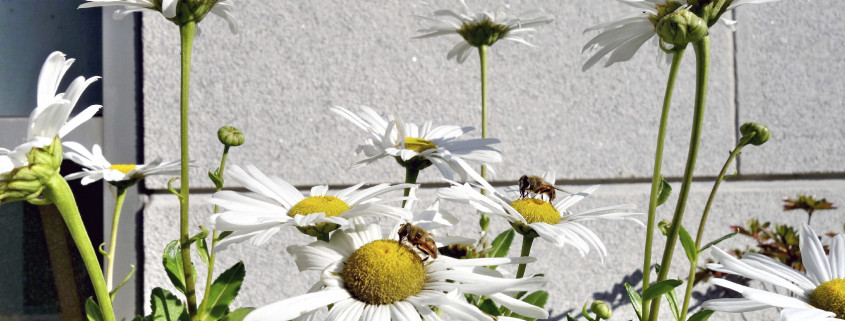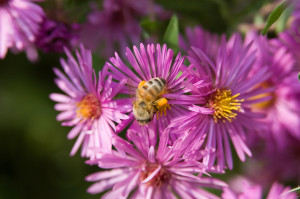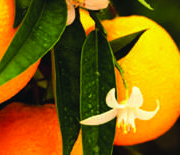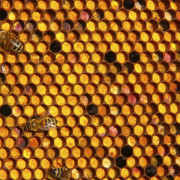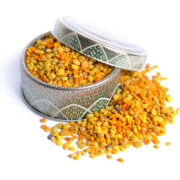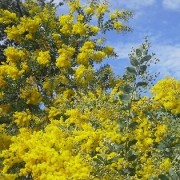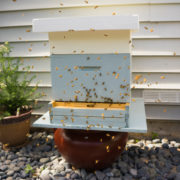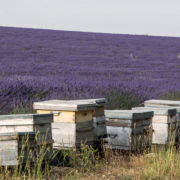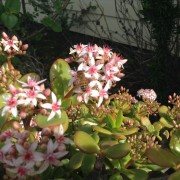Honeybees And Gardening
While commercially managed bee colonies largely feed on managed crops and wildflowers, the backyard beehives rely on flowering trees and local gardens for food.
Local gardens are an especially valuable resource for urban and suburban beehives. Unlike agricultural crops, which feature acres of the same flowers over large geographic areas, local gardens provide bees exactly the opposite: a diverse source of nutrients over a small geographic footprint. Private gardens benefit bees because the vast variety of flowers produces a diverse diet. The variation of flowers also results in an extended flowering period. When one type of plant finishes flowering, typically another takes over.
If you are a gardener, consider yourself an ally of the bees. They love you! Here are a few simple things that you can do to help your friendly neighborhood honeybee get a leg up.
Plant a Bee Garden
What could be more adorable than a bee garden? These fuzzy insects are friendly and non-confrontational (don’t get them confused with their look-a-like, the wasp!). They’ll bop along in your garden, pollinating and dancing from plant to plant. Not interested in a flower or veggie garden? Not to worry, bees love a variety of plants, from trees, shrubs, and grasses to fruits and vegetables.
Landscaping plants. If you’re planting new trees in your yard or planning landscaping from scratch, here are some bee-friendly options:
- Birch trees
- Cherry trees
- Alder trees
- Maple trees
- Sumac
- Ninebark
- Elderberry
- Cotoneaster
- Lilac
Flowers. We all know bees love flowers, but some varieties are incredibly enticing to these hard-working pollinators. Check your local growing zone for what flowers will grow best in your area before planting.
- Bee balm
- Lilies
- Daffodils
- Purple coneflower
- Sunflowers
- Brown-Eyed Susans
- Larkspur
- Columbine
Fruits and Veggies. Almost anything that honeybees can pollinate flowers, here are some options that are particular favorites of many bees:
- Plum trees
- Apple trees
- Crabapple trees
- Peach trees
- Pear trees
- Blackberries
- Raspberries
- Blueberries
Go Chemical-Free
One of the other significant things you can do to help bees make their comeback is eliminating chemical pesticides. This isn’t to say that you can’t use pesticides altogether; many natural options will protect your plants without compromising your resident honeybees.
A portion of this post is reprinted by permission from our friends at Porch.com. For further information please visit “Saving the Bees.”

